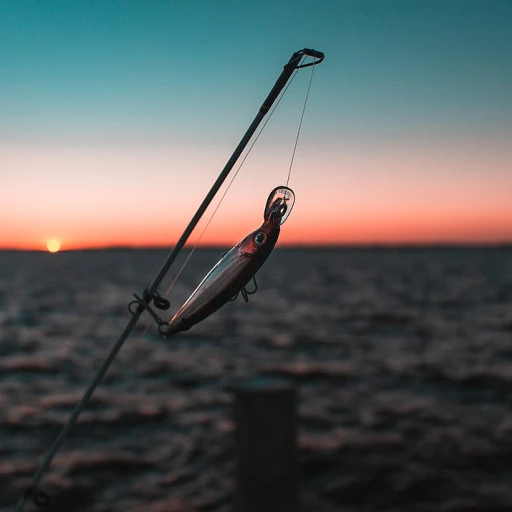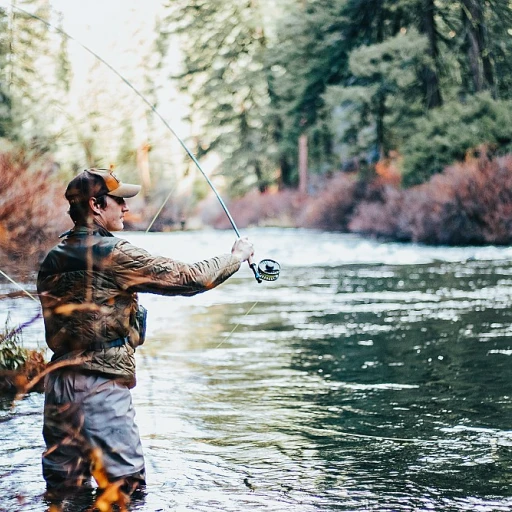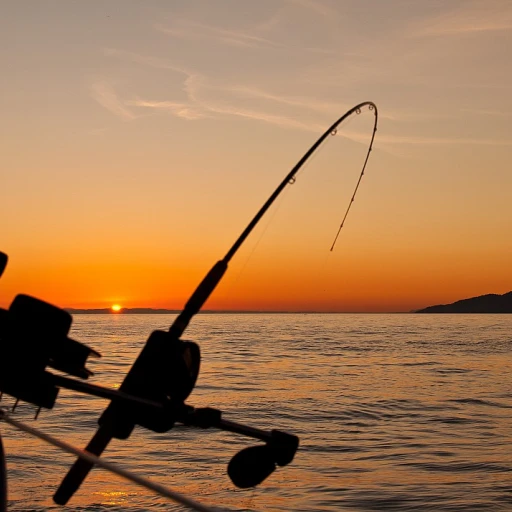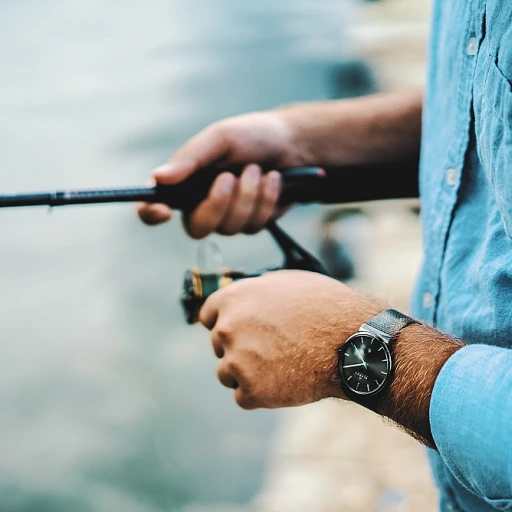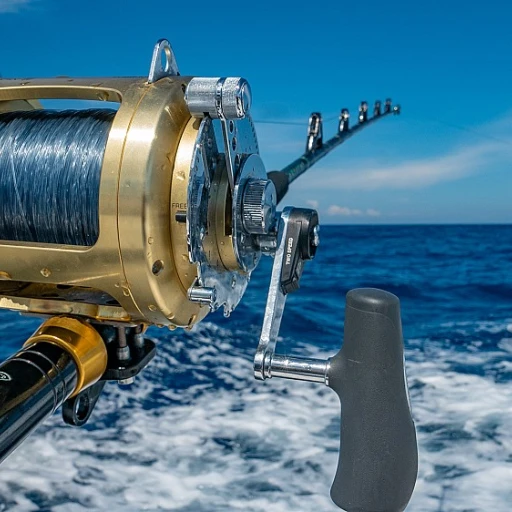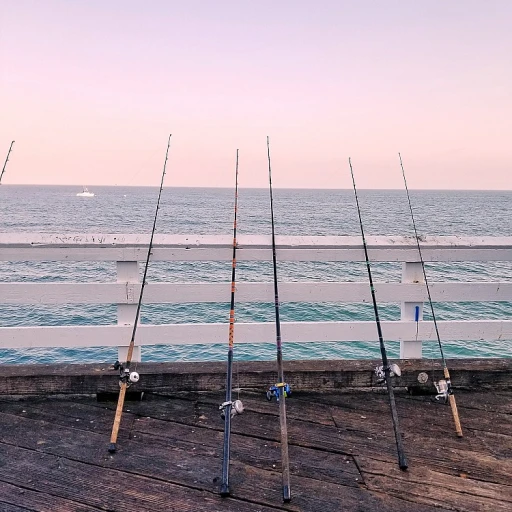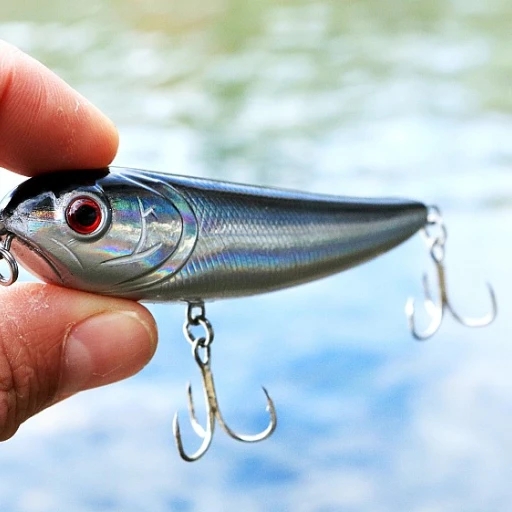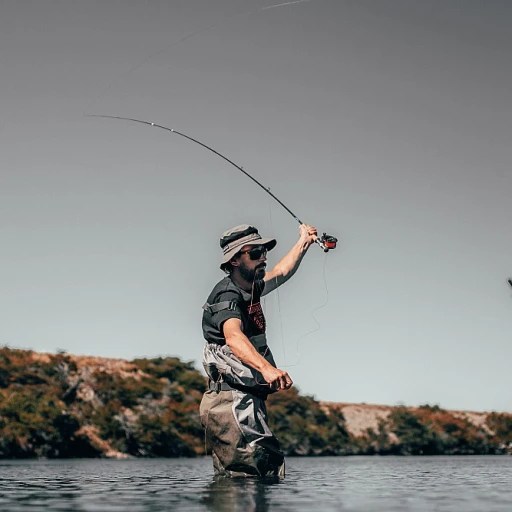
Understanding the Importance of Rope in Fishing
Rope handling is an essential component of successful fishing, impacting both efficiency and safety. In recreational fishing, understanding the role of ropes can significantly enhance your experience and yield. Ropes are not just tools for pulling or tying; they can serve as crucial components in various fishing activities, from securing boats to setting nets.
The Integral Role of Ropes in Fishing Success
For any recreational fisherman, having a rope that meets your specific fishing needs is vital. This means considering factors like resistance, strength, and flexibility. For instance, the choice between a double braid or a low stretch polyester rope should be guided by your specific requirements for pulling or tying. Exceptional rope reviews help you determine which product suits your fishing style by providing essential details on their original specifications.
Ropes also evolve with technology, offering innovative options like the durable nylon core and heavy-duty cables. This evolution supports the demands of modern fishing, where efficiency and longevity of gears matter the most. It's important to get familiar with current price tags through view full product details to ensure you choose a rope that meets both quality and budget needs.
Today's ropes, from steel cable to pull tape, are designed to withstand harsh environments while minimizing stretch and wear. This minimizes unexpected breakage or failure during crucial fishing moments. For precise wire pulling or cable pulling, ropes with exact specifications become indispensable. If you are considering the technical aspect of these materials, comparing the splicing techniques can offer additional insights.

- + Versatile: Suitable for marine, hunting, boating, fishing, rafting, camping, and hiking
- + High visibility: Bright fluorescent green color for easy spotting
- + Durable: Made for tough outdoor conditions
- + Multi-use: Ideal for anchoring, mooring, and floating applications
- + Practice tool: Great for knotting practice
Choosing the Right Rope for Your Fishing Needs
Selecting the Perfect Rope for Your Fishing Arsenal
Choosing the right rope for your fishing escapades involves analyzing several factors. To start, consider the material of the rope. Polyester ropes are favored for their durability and low stretch features. A rope with a nylon core offers additional elasticity, which is beneficial in certain fishing scenarios.
Next, evaluate the braid of the rope. A double braid provides enhanced strength and resistance, crucial when dealing with heavy-duty tasks. Rope diameter also plays a role; a thicker wire pulling rope can handle heavier loads, while a thinner option offers flexibility.
When considering current trends, innovative solutions like pull tape and rope cable are gaining attention. Their unique specifications allow for safer and more efficient use in modern fishing. Pay attention to details like full reviews and price comparisons available in the market.
Fortunately, there are many options at various price points. While the original price might be steep for high-quality ropes, tracking the current price and discounts could make it more accessible.
For detailed guidance on purchasing decisions, this article offers view full insights into choosing the perfect rope for different fishing needs.
Studying rope reviews could further equip you with the necessary details original to make an informed decision. Stay updated with the current trends and resistance factors in the rope industry for the best fishing experience.
Techniques for Effective Rope Handling
Perfecting Your Grip: Mastering Rope Handling Techniques
Efficient rope handling is a crucial skill in fishing that often gets overlooked. It's not just about pulling with all your might; it's about technique. Applying the right methods can significantly ease the stress on your hands and improve your overall effectiveness. One fundamental technique is using a half-hitch knot, which provides a secure hold without the complexity. This method is especially useful when dealing with heavy duty ropes or steel cable that require a stable grip. Knowing how to manipulate different types of rope, such as polyester double braid or nylon core variants, can make all the difference. These materials offer varying levels of resistance and flexibility, which can affect how you manage them in real-time fishing scenarios. It's also crucial to understand the specifications and full details of your rope. For instance, low stretch ropes are optimal for precise movements, while high resistance ropes may be better for heavier loads. Understanding these specifications can guide you in choosing the best rope for the job. Another vital aspect is maintaining a solid stance and using your body to aid in pulling. By positioning your feet shoulder-width apart, you can distribute the load of the pulling rope across your core, minimizing the strain on your arms. This technique is especially beneficial when using ropes with a heavy duty rating or wire pulling scenarios. Let's not forget modern innovations like pull tape and cable pulling tools, which can alleviate much of the manual labor associated with fishing. These tools allow you to adapt current rope handling techniques to contemporary solutions, eliminating unnecessary effort while boosting efficiency. For added clarity, be sure to check comprehensive original price and reviews of ropes offered by reputable manufacturers. These reviews are invaluable for understanding how products perform under real fishing conditions. Armed with such knowledge, fishermen can confidently tackle any rope-related challenge that may arise during their time on the water.Common Challenges and Solutions in Rope Management
Addressing Common Rope Handling Obstacles
Effectively managing ropes in recreational fishing can be quite the challenge, with several common issues requiring attention. Here, we delve into typical scenarios you might encounter and practical strategies to overcome them.- Rope Twists and Tangles: One of the most prevalent problems, twists and tangles can arise from both improper storage and handling of the rope. For polyester ropes and those with a nylon core, paying attention to the braid and ensuring correct wrapping and uncoiling can help minimize these issues.
- Resistance in Cable Pulling: When using a steel cable or heavy-duty wire, resistance during pulling can slow you down. Opting for low stretch ropes and maintaining the right pulling technique can ensure smoother operations. It's also essential to match the rope specifications with the task at hand to prevent unnecessary strain.
- Wear and Tear: The original durability of your rope can degrade under constant exposure to water and sun. Regularly inspect your fishing ropes for any signs of wear, and don't hesitate to invest in a replacement when necessary. Some ropes, like double braid ropes, offer additional durability, but proper maintenance remains key.
- Incorrect Rope Type: Occasionally, the rope in use just isn’t suited to the task. Familiarize yourself with various types such as rope cable, wire pulling ropes, or pull tape. Check reviews and full details on the specifications before making a purchase to ensure compatibility with your needs.
Innovative Rope Products for Modern Fishermen
Exploring Modern Rope Innovations in Fishing
Today's fishing enthusiasts have a wide array of sophisticated rope options available, each designed to enhance efficiency and reliability during fishing trips. These ropes, incorporating various materials and weaving techniques, offer unmatched resistance and flexibility, ensuring a seamless fishing experience.
One of the most popular choices is the double braid polyester rope, known for its low stretch and high resistance capabilities. This rope type offers enhanced durability, making it ideal for challenging environments. Anglers often appreciate the double braid's ability to maintain tight knots under pressure, ensuring better handling and performance while pulling. When examining ropes, be sure to check the full details and specifications to understand their strengths fully.
Fibers like nylon core are also popular due to their excellent balance of strength and flexibility. Nylon core ropes adapt well to dynamic movements, which is essential when handling live catches or during unexpected pulls, offering the right blend of elongation and resistance that fishermen seek. Prices for these ropes can vary based on the intricate weaving techniques and materials used, so it’s wise to compare current prices with original prices to gauge the best deal.
Another innovation making waves in the fishing community is steel cable ropes that are blended with traditional materials for added strength. These are particularly useful in situations requiring heavy duty applications and are increasingly favored for their reliability in critical scenarios.
For those involved in more intensive activities, heavy duty wire pulling ropes provide unparalleled strength. These ropes are often paired with cable pulling setups to facilitate seamless line management. The combination ensures anglers can manage powerful currents and weights with ease. While assessing such options, detailed reviews from other fishermen provide invaluable insights to confirm your choice.
Additionally, ropes with pull tape technology are gradually becoming a standard choice. These ropes come equipped with positioning marks, allowing for accurate measurement and optimal deployment. This feature is particularly beneficial when precision is key, such as in competitive fishing or when navigating challenging conditions.
Overall, understanding the current landscape of fishing ropes empowers fishermen to make informed decisions that match their specific needs, ensuring they are well-equipped for any situation on the water.
Safety Considerations When Using Rope in Fishing
Prioritizing Safety in Rope Handling for Fishing
When engaging in fishing activities, handling ropes with the utmost care is crucial to ensuring a safe experience on the water. Here are key safety considerations you should always keep in mind:- Inspect Regularly: Before each use, carefully examine your ropes for any signs of wear or damage. Look for frayed sections, cuts, or any unusual alterations in the rope double braid structure. Remember that a compromised rope can lead to dangerous situations, particularly when under tension.
- Understand Load Limits: Familiarize yourself with the load specifications of your ropes. Different materials like polyester and wire offer varying levels of resistance and low stretch capabilities. Knowing the full details of the rope's original specifications and its current price can aid you in not exceeding its limits, preventing potential accidents.
- Use Appropriate Gear: Equip yourself with the necessary gear to handle ropes safely, such as gloves that offer a solid grip without compromising dexterity. This not only helps in managing the ropes but also protects your hands from friction burns or cuts.
- Be Mindful of Equipment Placement: Ensure that ropes are not laid in a manner where they could pose a tripping hazard. Pay attention to how ropes are deployed when casting or pulling them, maintaining a clear route free of obstructions.
- Stay Informed on Modern Alternatives: As innovations continue to redefine fishing gear, keeping abreast with recent developments like steel cable options or heavy-duty nylon core ropes may offer safer and more efficient alternatives for your needs.
- Emergency Preparedness: Always have an emergency plan in place which includes tools for cutting or releasing ropes swiftly if needed. Practicing these procedures can significantly reduce reaction time during unforeseen complications.
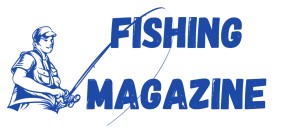
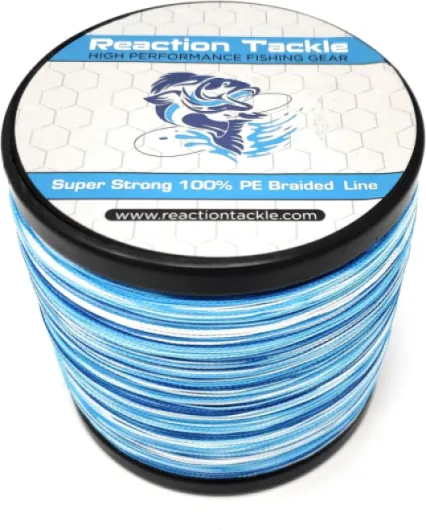
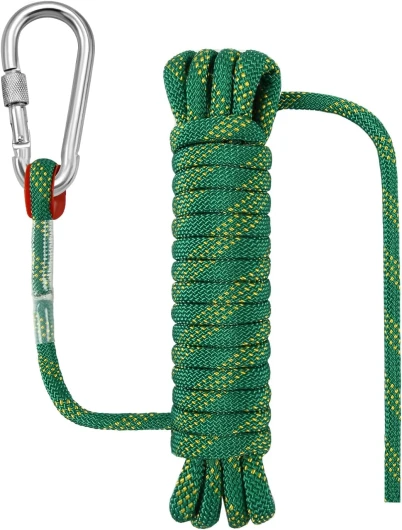
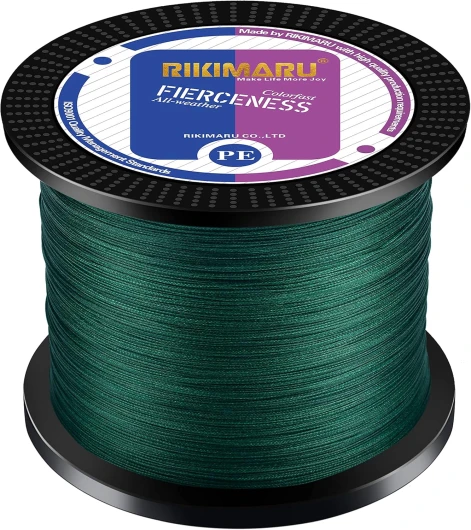
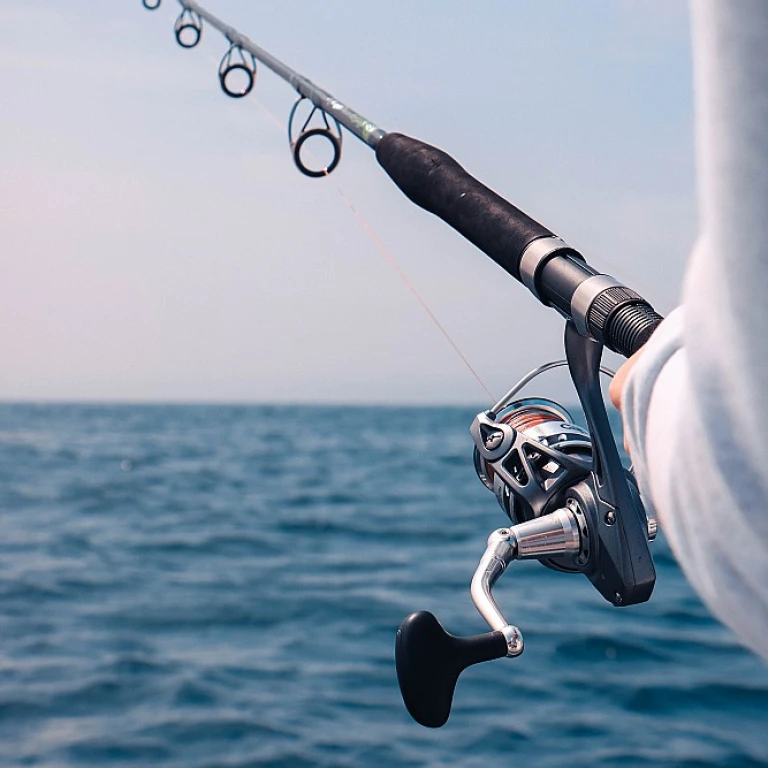
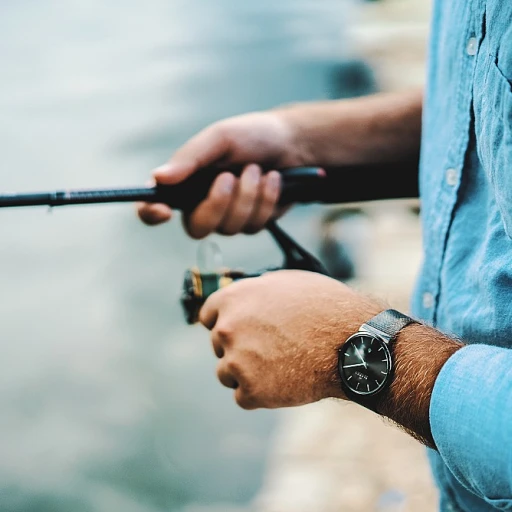
-large-teaser.webp)
